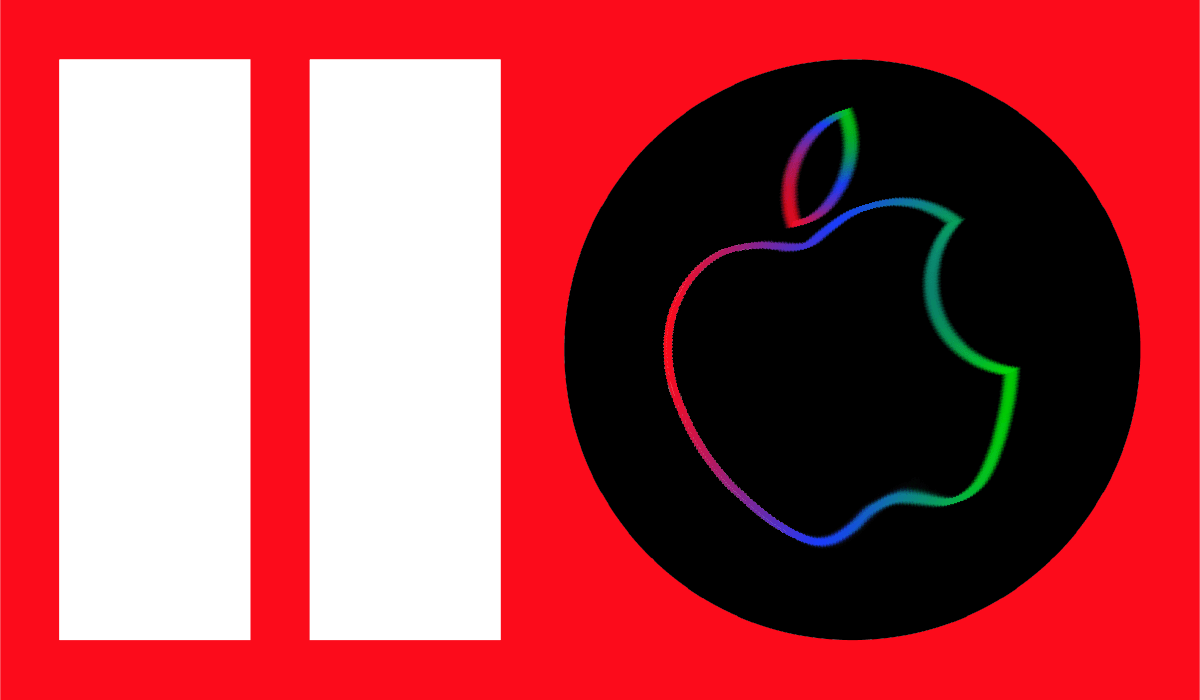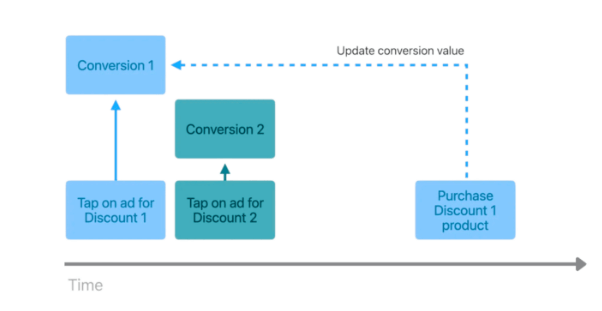
Remember a few years ago when every single thing you read was about SKAN? Those days have faded, but AdAttributionKit (AAK) just received an upgrade. We asked Dataseat, a leading privacy-first mobile DSP built for app growth in the post-IDFA era, to outline the changes and what this means for mobile marketers.
Read on to find out about:
- Re-Engagement Attribution
- Custom Attribution windows
- Cooldowns
- Postbacks
- Developer testing
At WWDC25, Apple announced a serious upgrade to AdAttributionKit. With the release of iOS 18.4, Apple is giving mobile marketers more control, more clarity, and more options while remaining privacy-first. However, this does bring a new level of complexity for mobile marketers to navigate. The AAK upgrade includes a suite of enhancements that make it a more powerful tool for user acquisition and re-engagement.
What’s new in AdAttributionKit?
1. Re-engagement Attribution
AdAttributionKit will now support overlapping re-engagement windows and conversion tags. Previously, AAK only allowed one active re-engagement conversion per app. That meant if a user interacted with multiple ads, only the latest touchpoint got credit. Clearly, this was limiting for many marketers, especially those running layered re-engagement campaigns.
The conversion tags are designed to act like campaign anchors, linking in-app actions back to the original ad. For apps running time-sensitive promos or loyalty flows, this unlocks more granular tracking and therefore smarter optimization.
Why this matters:
Marketers can now attribute multiple re-engagements independently, giving a clearer picture of what’s working across the funnel.
Source: Apple WWDC 2025

2. Custom Attribution Windows: Precision Over Default
AdAttrubtionKit’s fixed attribution windows (30 days for clicks, 1 day for views) previously lacked granularity. iOS 18.4 now enables marketers to customize attribution windows by ad type and network.
This means marketers can tailor conversion windows to match actual user behavior and provide more accurate measurement models.
Why this matters:
More control = better signal. Especially in multi-touch environments or longer consideration journeys.
3. Cooldowns: Solving the Overlap Problem
Cooldowns are configurable attribution rules that allow marketers to specify a period after a conversion event so that the system does not allow new conversions for your app; this prevents overlapping attribution and ensures the correct ad and conversion event (eg, install or re-engagement) gets the credit for the action. Configurable cooldowns mean that advertisers can define a specific time period for cooldowns after an install conversion or reengagement conversion. During this cooldown period, other additional re-engagement interactions are ignored, which prevents inaccurate attribution.
Why this matters:
Cleaner attribution and granular control. Reduced retargeting overlap means fairer credit and attribution. Smarter spend and more accurate reporting on campaign effectiveness and, fundamentally, ROI.
4. Postbacks Now Include Country Codes
AdAttributionKit postbacks now come with country-level data, giving marketers regional insights without compromising user privacy. The caveat is that Geo data is only included when Apple’s crowd anonymity thresholds are met, and while specific thresholds remain undisclosed, the principle is that more attributed volume leads to higher tiers and more data. It is important to remember that all data remains aggregated and anonymized to protect individual privacy, and while details on thresholds remain undisclosed, the ability to have some regional insights is a step forward for localization and market-level analysis.
Why it matters:
Marketers get more accurate signals and context on where conversions are happening.
5. Developer Testing Gets an Upgrade
Apple has introduced Development Postbacks, meaning that developers can now simulate conversion events directly from the iOS Settings app. This means that testing can be conducted across conversion values, country codes, and postback endpoints, without the need for workarounds.
Why this matters:
Faster QA. Smoother launches. Less guesswork.
Next Steps for iOS marketers
- Audit your current attribution and overall media measurement setup
- Align with AdAttributionKit-compliant partners
- Update re-engagement and conversion logic
- Test early, iterate fast
We’re seeing some exciting enhancements in the latest release of Apple’s AdAttributionKit, and more advertisers are taking the time to explore these updates and understand how they can strengthen their campaigns. One of our ongoing goals with this framework is to gain greater visibility and access to richer signals, enabling us to optimize more effectively. The addition of country codes in postbacks is a particularly welcome improvement. While adoption still isn’t where it could be, we’re confident Apple will continue investing in this solution, and that both supply and demand will gain momentum in the months ahead
Mark Menery, SVP Global Sales, Dataseat
In Summary
Apple’s latest updates make AdAttributionKit more accessible, but adoption across the mobile ecosystem is uneven. Networks need to sign postbacks. Apps need to implement conversion logic. And mobile marketers need to rethink how they measure success. This is where tools like M+C Saatchi OneView come into play. M+C Saatchi OneView simplifies complex media measurement, combining modern MMM with attribution and geo-testing to help you measure and optimize the impact of all your media investments. Also, choosing partners like Dataseat, built for ID-less campaigns, will also ensure you can navigate these changes effectively and capture the full value of AdAttributionKit’s new capabilities.
To find out how we help our clients win, contact us.

